9 plants that repel mosquitoes and keep them away from your yard
These are the plants to keep mosquitoes away from your home
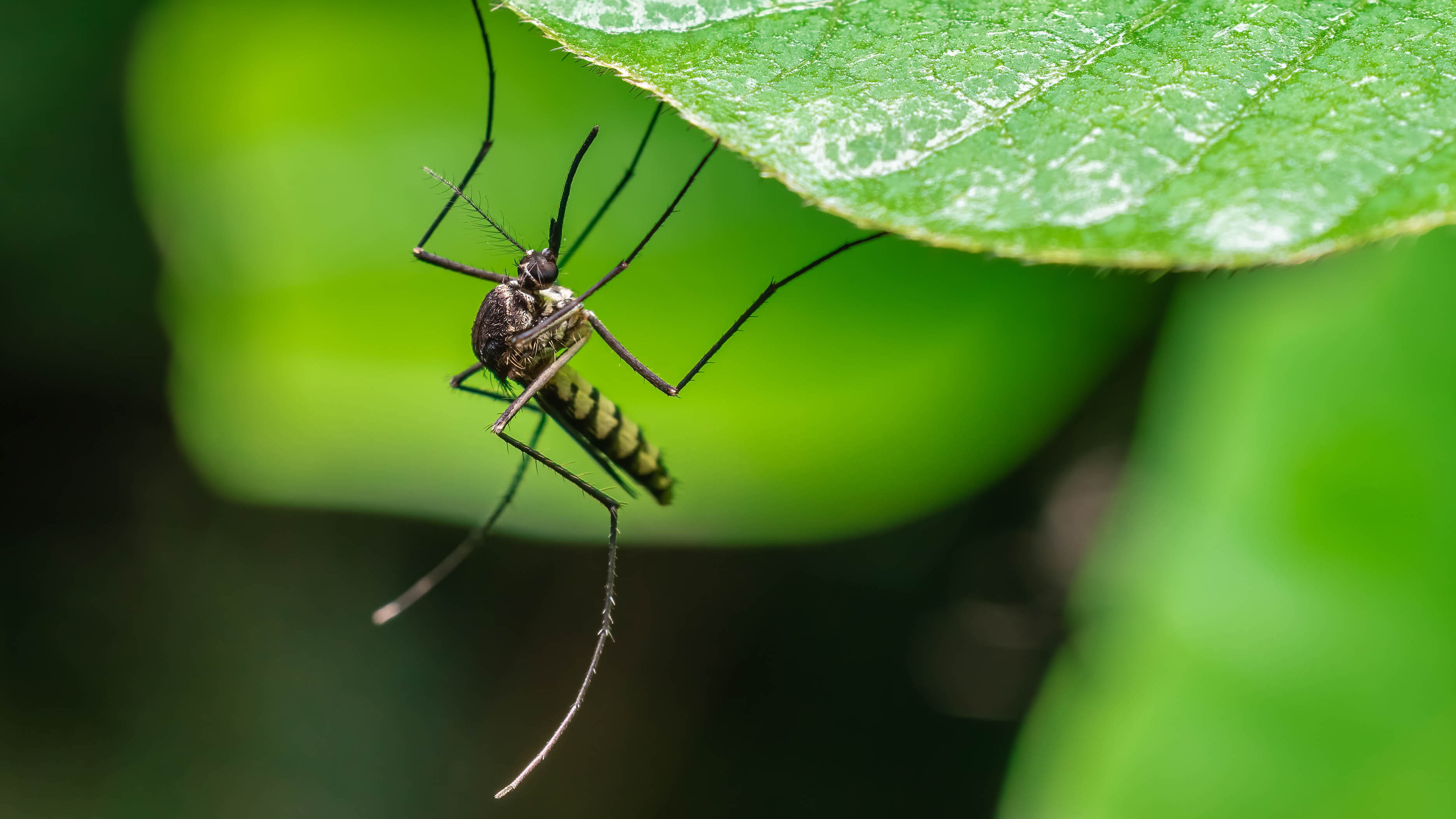
There’s nothing more annoying than mosquitoes flying around your home and yard. Not only can they invade our space, but can leave nasty bite marks on our skin, causing it to swell with an inflamed and itchy rash. In extreme cases, these insects can also transmit fatal diseases as they bite, including the likes of malaria and dengue fever. That’s why it’s important to know how to get rid of mosquitoes fast, before they start to invade your space.
Luckily, there are some popular plants that are known for repelling mosquitoes, and keeping them away for good. By growing or placing these mosquito-repellent plants around your yard and home, the strong smells will actively prevent them from going anywhere near your home. So, if you want to banish these pests naturally, here are 9 plants that repel mosquitoes and keep them out of your home.
These are the four colors that repel mosquitoes and keep them away! Plus, here's 7 best pest-resistant plants for a bug free yard.
1. Rosemary

Rosemary is a versatile plant to say the least. The oil can be used to stimulate hair growth; the fragrance is often found in bathroom products; and it can be used to spruce up all kinds of dishes in the kitchen. On top of all that, it can be beautiful when in bloom, with delicate blue flowers growing along the stem.
The uses don’t stop here either; while we may enjoy the smell of rosemary, it’s no friend of mosquitoes, with the insect actively avoiding it. In fact, rosemary can repel all kinds of flies as well as ants. So, it’s a great addition to keep your home pest-free in general.
It can be grown outside or potted indoors with the right conditions. Rosemary prefers to be kept warm, with temperatures of 50°F plus, in direct sunlight. It shouldn’t be kept in the shade for too long, so a windowsill may be best. It needs well-draining sandy soil to thrive, with regular access to water. Being non-toxic to cats and dogs, it’s safe to keep in the home even if you have pets.
2. Lemongrass
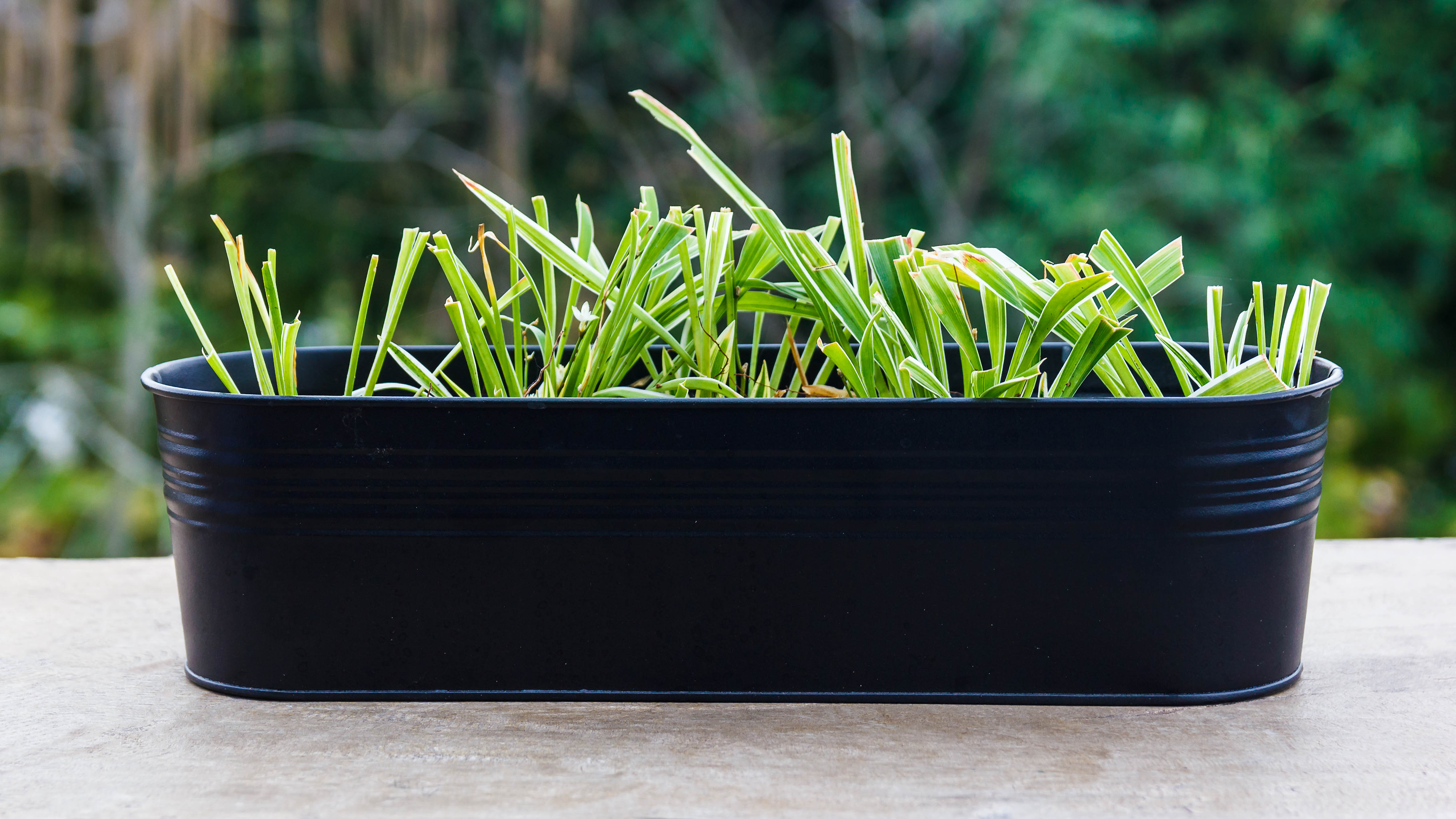
Lemongrass might not look like much, but it packs a punch when it comes to mosquitoes. It contains citronella oil, which can be extracted from the leaves and stem. This produces an overwhelming lemony scent, which overpowers mosquitoes and leaves them running, or flying, for the hills. Its scent comes in use in more ways than one as well — it will also keep mice and rats at bay.
Sign up to get the BEST of Tom's Guide direct to your inbox.
Get instant access to breaking news, the hottest reviews, great deals and helpful tips.
You can purchase the oil separately, if you want to take advantage of it around the home — an example would be the Handcraft Citronella Essential Oil ($9.99, Amazon). You can even apply it directly to your skin as an active deterrent.
Otherwise, you can grow lemongrass inside or outdoors for an ongoing supply of the scent. As a tropical plant, Lemongrass prefers a hot environment with full sun and temperatures never dipping below 40°F. So long as you can protect it from the cold, it’s easy to maintain. Once mature, you can use the leaves to flavor soups and salads, so it’s another versatile plant. Take care if you have pets running around though, as it’s toxic to both cats and dogs.
3. Marigolds
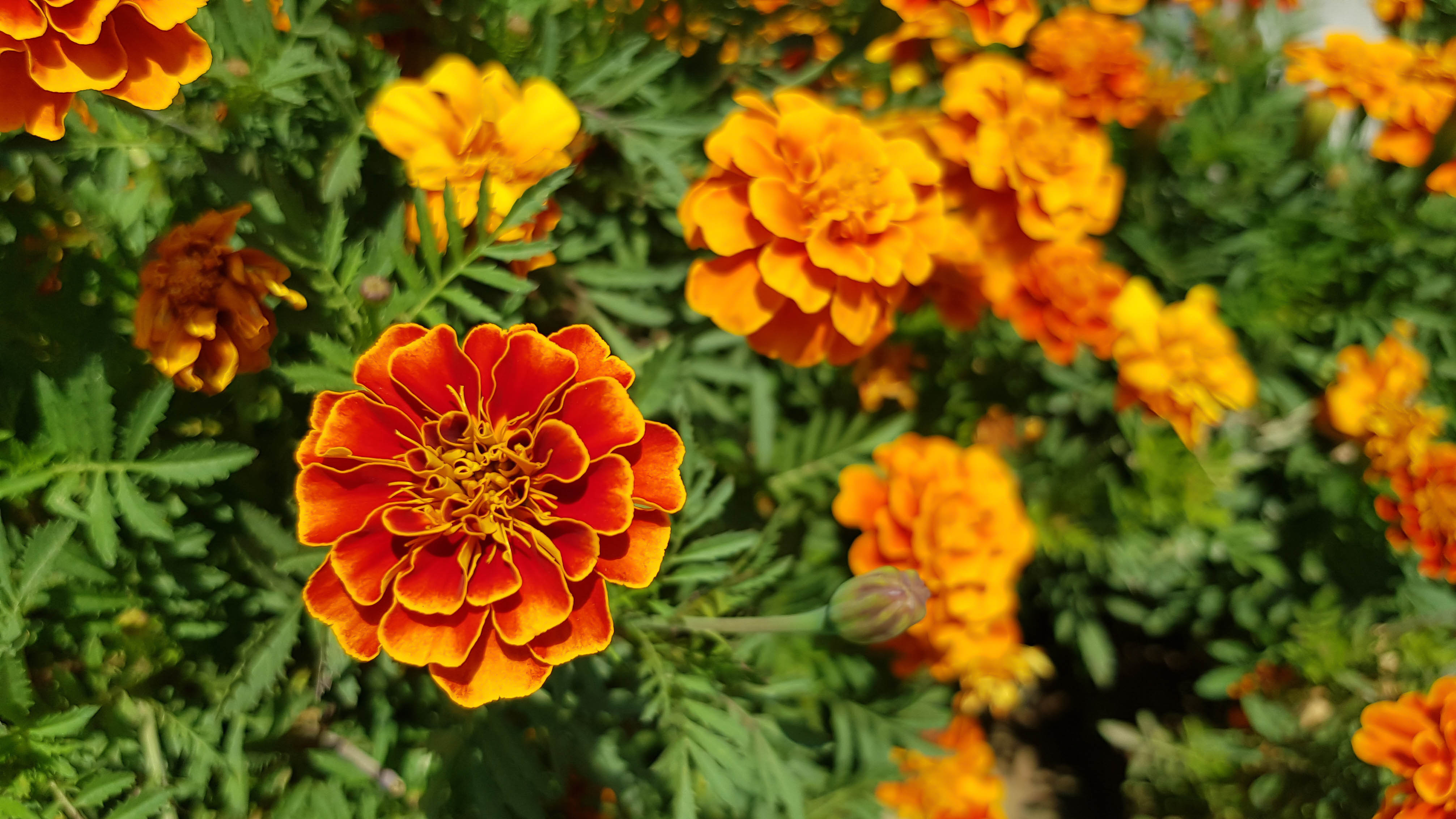
The next plant to make our list of mosquito repellants is marigolds. The orange-and-yellow blooms will make a pleasant addition to any garden, and such a plant can reduce your pest problems at the same time. This is because it contains a natural compound often found in insect repellents, known as limonene. This produces a citrusy aroma that mosquitoes just can’t stand. So these pests will actively steer clear, while beneficial insects, such as ladybirds and butterflies, will flock from far and wide.
Marigolds are generally grown outdoors, but they can still keep mosquitoes out of your home. You just need to be strategic in terms of placement — try to grow marigolds near your doors and windows, as this will create an external barrier. Marigolds prefer to be planted in the full sun. These plants enjoy dry conditions, with well-drained soil, although they still need regular access to water. Garden marigolds are also non-toxic to cats and dogs, which is ideal if you have pets.
4. Lavender

Lavender is often used all over the home. Its popular fragrance can be found in soaps, candles and detergents, so you may already be using it without knowing it. Plus, lavender oil can be used for health and wellness purposes as well, such as helping us sleep or relieving stress. If that weren’t enough, the plant itself is beautiful on display and its vibrant, purple flowers can add a striking pop of color to any home.
The good news is, while we may love this fragrance, mosquitoes do not. In fact, the smell of lavender, whether fresh, dried or in oil form, will overwhelm these pests and keep them away. Not only that, lavender is effective on flies, ants and even rodents for the same reason, so it’s a handy pest-repellent plant to have around the home.
You can grow lavender outside or indoors quite easily. It’s a hardy plant, preferring a warm and sunny spot and thriving in overly dry conditions. In fact, this drought-tolerant plant can last for prolonged periods without water, and it can survive frost exposure too. Ultimately, lavender is a low-maintenance plant. But, if you don’t want to grow it, you can still take advantage of its scent by using lavender oil, or dried lavender around the home. Just steer clear if you have pets, because it’s toxic to both cats and dogs.
5. Floss flower
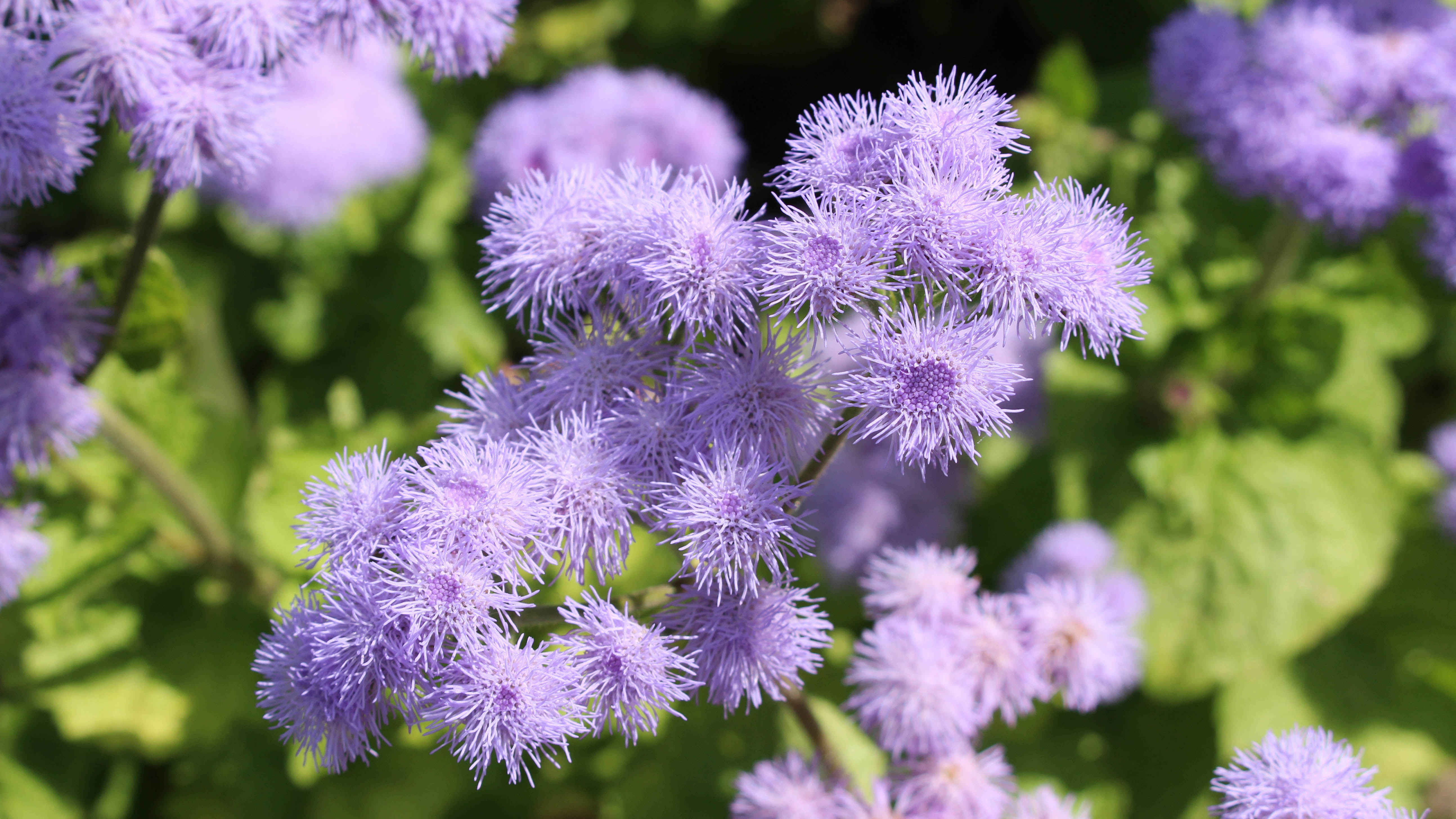
With its vibrant, purple flowerheads and bursts of blooms, the floss flower (also known as Ageratum) can be a pretty as well as useful addition to any garden. It contains coumarin; a chemical sometimes found in insecticides because of its insect-repelling properties. Mosquitoes can’t stand the smell of this chemical and so will fly away as soon as it's detected. Butterflies and bees, on the other hand, don’t mind the fragrance at all. Hummingbirds are known to love these flowers too. For more hummingbird tips, check out 7 ways to attract hummingbirds to your yard.
Floss flowers are generally grown outdoors, flourishing in the full sun with regular access to water. The soil should be moist, but well-drained, otherwise the roots can rot. Again, you can strategically place these plants to repel mosquitoes from any entrances to your home. These are toxic to cats and dogs though, so opt for something else on this list if you have pets.
6. Catnip
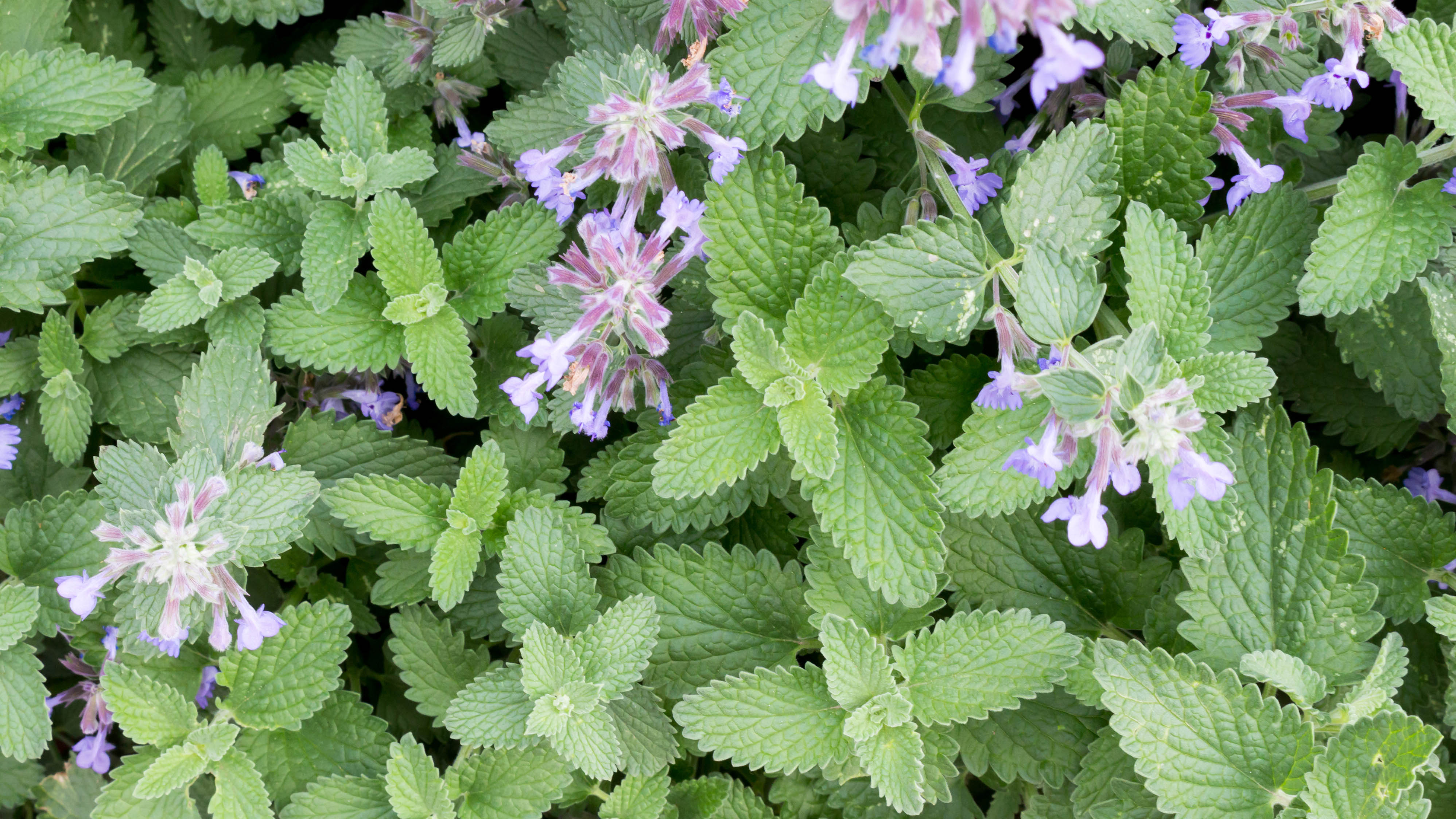
While our feline friends might love the smell of catnip, mosquitoes would rather keep away from it. This plant contains Nepeta Cataria; a substance which a number of insects dislike, including flies and roaches. In fact, catnip is widely regarded as just as effective, if not more so, than synthetic alternatives, such as DEET. You can crush the stems by hand to extract the oil and apply directly to your skin as an active insect repellent.
Catnip can be easily grown outdoors or inside, thriving with regular sun and water. This is a pretty hardy plant, enduring frost if necessary. It grows quickly as well, so keep the best pruning shears on standby. While catnip might make your cat happy, it’s toxic if over-consumed, so keep your pets away to be safe.
7. Sage
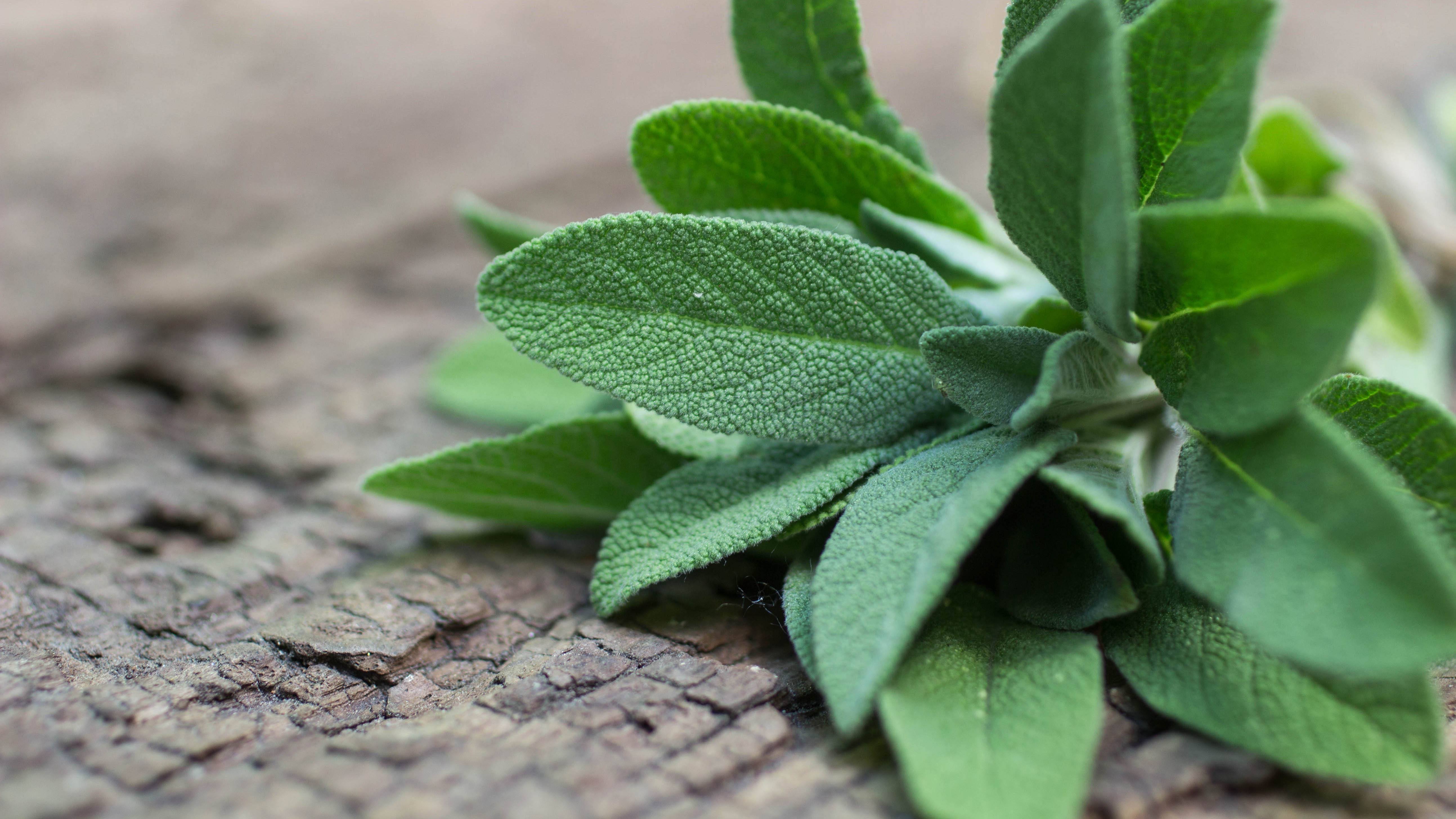
We add this herb to our recipes to enrich the flavor and aroma. Sage is often used to complement butter and sauces as well as meat and vegetables. However, the earthy aroma found in the leaves can do more than improve our recipes. It actively repels mosquitoes and flies as well, particularly when the leaves are dried and burnt, releasing the oils as a vapor. Alternatively, the leaves can be strategically placed around your home for a deferring effect as well.
Sage is straightforward to grow — it can be planted indoors in containers or outside in your flower beds. It prefers sitting in the sun, so a windowsill would work well indoors, and the soil should be well-drained. You want the temperature to be about 60-70°F for best growth. Harvest the leaves before the plant flowers for optimal aroma. Sage is non-toxic to cats and dogs, so it’s safe around pets at home.
8. Basil
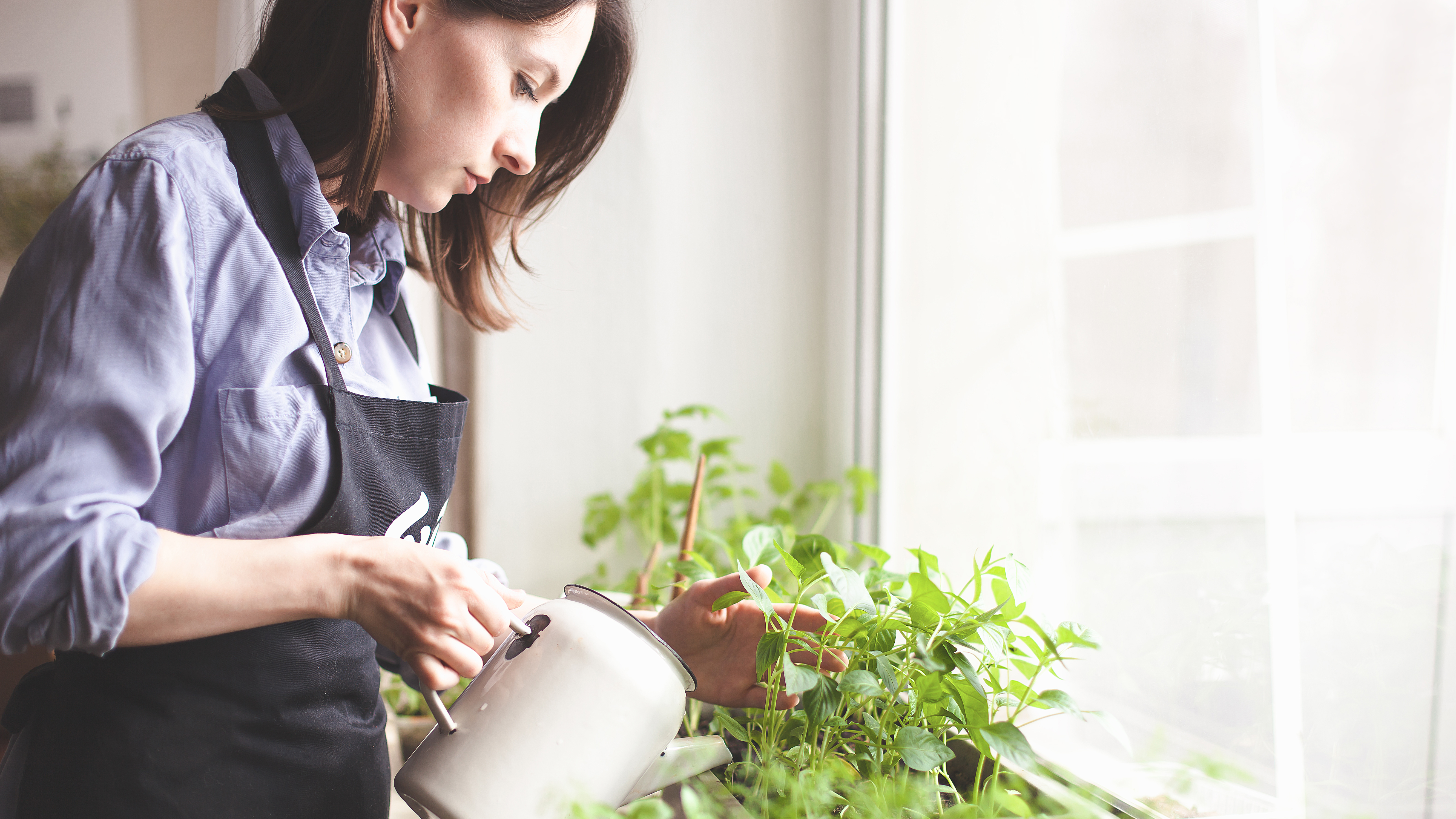
Basil is another aromatic herb that makes a great mosquito repellent. In particular, clove basil, which has a pungent, clove-like smell that mosquitoes hate.
If you fancy growing herbs, the basil plant can grow up to 6 feet tall, which will emit an even stronger aroma in the air. Simply sprinkle herbs into the soil and around your plants. The strong smells should be enough to prevent mosquitoes from buzzing around.
You can either grow fresh sage and basil in your garden, in pots, or buy them from your local supermarket to plant in your backyard. Or you can also extract essential oils to use as a spray.
9. Garlic
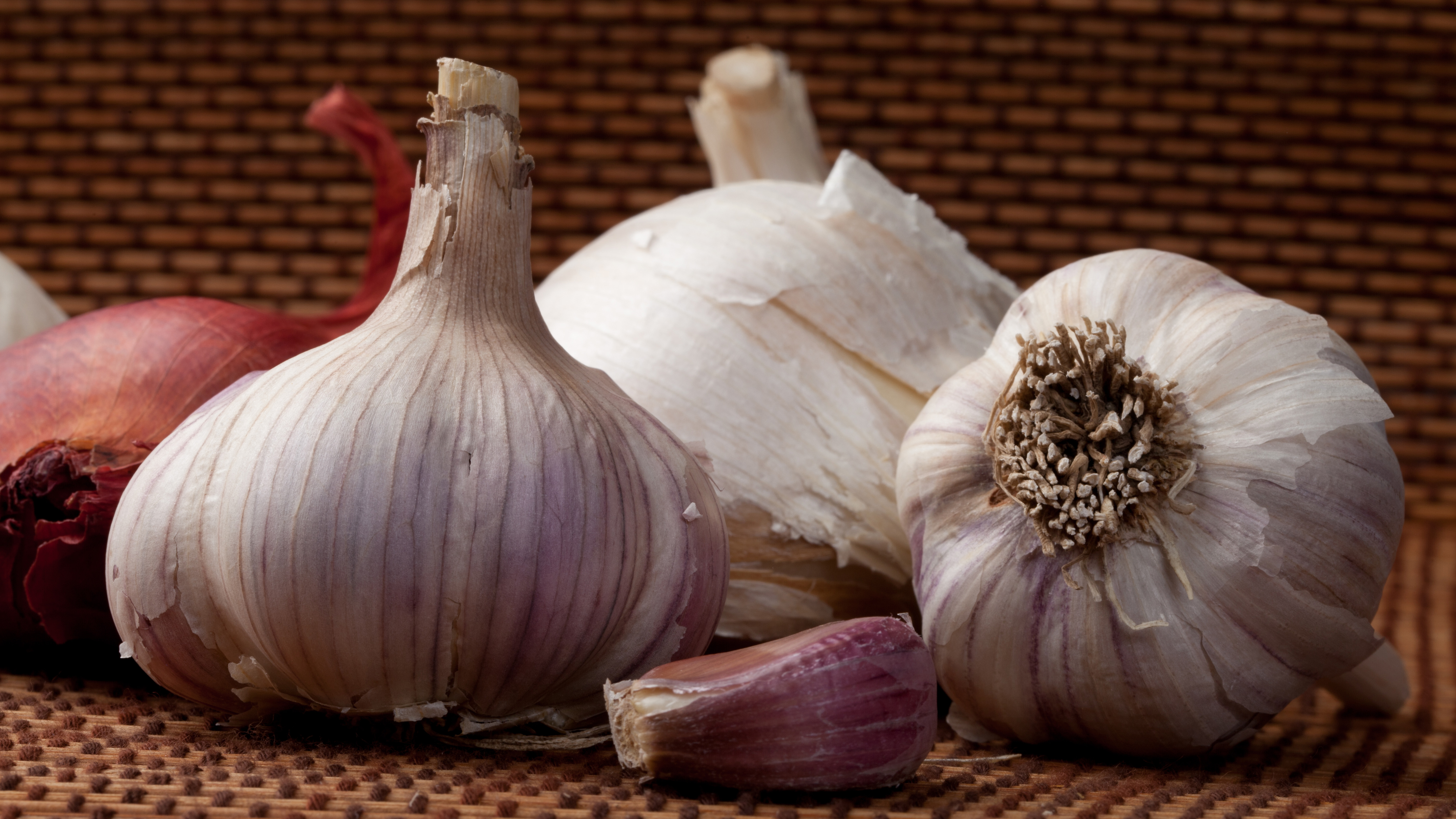
Garlic and onions are usually the key, staple ingredients found in most kitchens. And while these may smell fragrant when cooking meals, such smells are repulsive to mosquitos. This is down to their high quantities of sulfonic acid, which gives off a pungent smell that naturally repels mosquitos.
Luckily, you can make an easy garlic repellent to banish those pests. Simply cut up some garlic cloves, and sprinkle around your outdoor, ‘trouble’ areas. Alternatively, take four or five cloves to make a puree, and add that to a pint of water in a spray bottle. Then, spray your solution in areas around the home or yard to repel mosquitos and other pests like rats and mice.
If you want to go one step further, you can learn how to grow garlic from cloves in your backyard or in pots.
More from Tom's Guide

Katie Mortram used to be a Homes Editor for Tom's Guide, where she oversaw everything from kitchen appliances to gardening tools, as well as smart home tech. Specializing in providing expert advice for cleaning and home manintenance, she now works as Household Advice Editor for Good Housekeeping.
